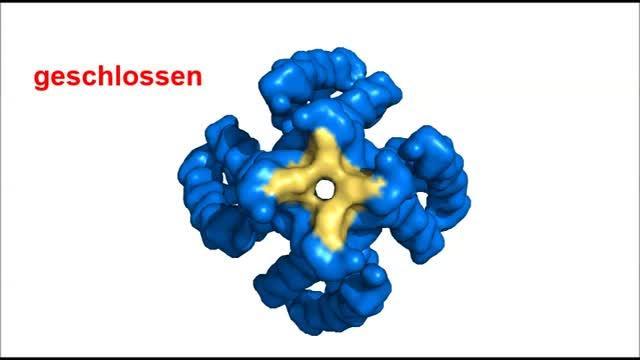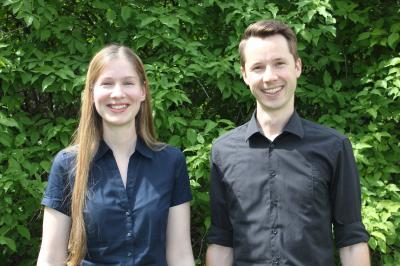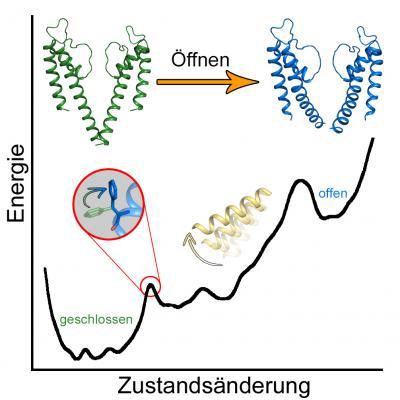Knowledge of ion channel function provides the basis for better drugs
Ion channels are important drug targets. 10 percent of current pharmaceuticals target ion channels. A detailed understanding of these proteins is therefore essential to develop drugs with improved risk-benefit profiles. An important basis for drug development is a detailed knowledge of the functional mechanisms of these channels. However, there are still many open questions; especially the energy profile and pathway of opening and closure are far from being understood.
Computer simulations visualize ion channel movements
To watch these fascinating proteins at work, molecular dynamics simulations are necessary. Computational extensive calculations were performed with the help of the Vienna Scientific Cluster (VSC), the fastest high performance computer in Austria, a computer cluster operated by the University of Vienna, the Vienna University of Technology and the University of Natural Resources and Applied Life Sciences Vienna. With the help of VSC, the free energy landscape of ion channel gating could be investigated for the first time. The young researchers discovered that the open and closed channel states are separated by two energy barriers of different height.

This video shows opening and closing mechanisms.
(Photo Credit: Copyright: Anna Stary-Weinzinger and Tobias Linder)
Phenylalanine triggers conformational changes
Surprisingly, the dynamics of a specific amino acid, phenylalanine 114, are coupled to a first smaller energy barrier. "This side chain acts as molecular switch to release the channel from the closed state", explains Tobias Linder, PhD student from the University of Vienna. After these local changes, the channel undergoes large global rearrangements, leading to a fully open state. This second transition from an intermediate to a fully open pore is accompanied by a large second energy barrier.

This image shows Anna Stary-Weinzinger and Tobias Linder, University of Vienna, Department of Pharmacology and Toxicology.
(Photo Credit: Photo: private)

This is a schematic description of the opening and closing mechanisms of an ion channel.
(Photo Credit: Copyright: Anna Stary-Weinzinger)
Source: University of Vienna